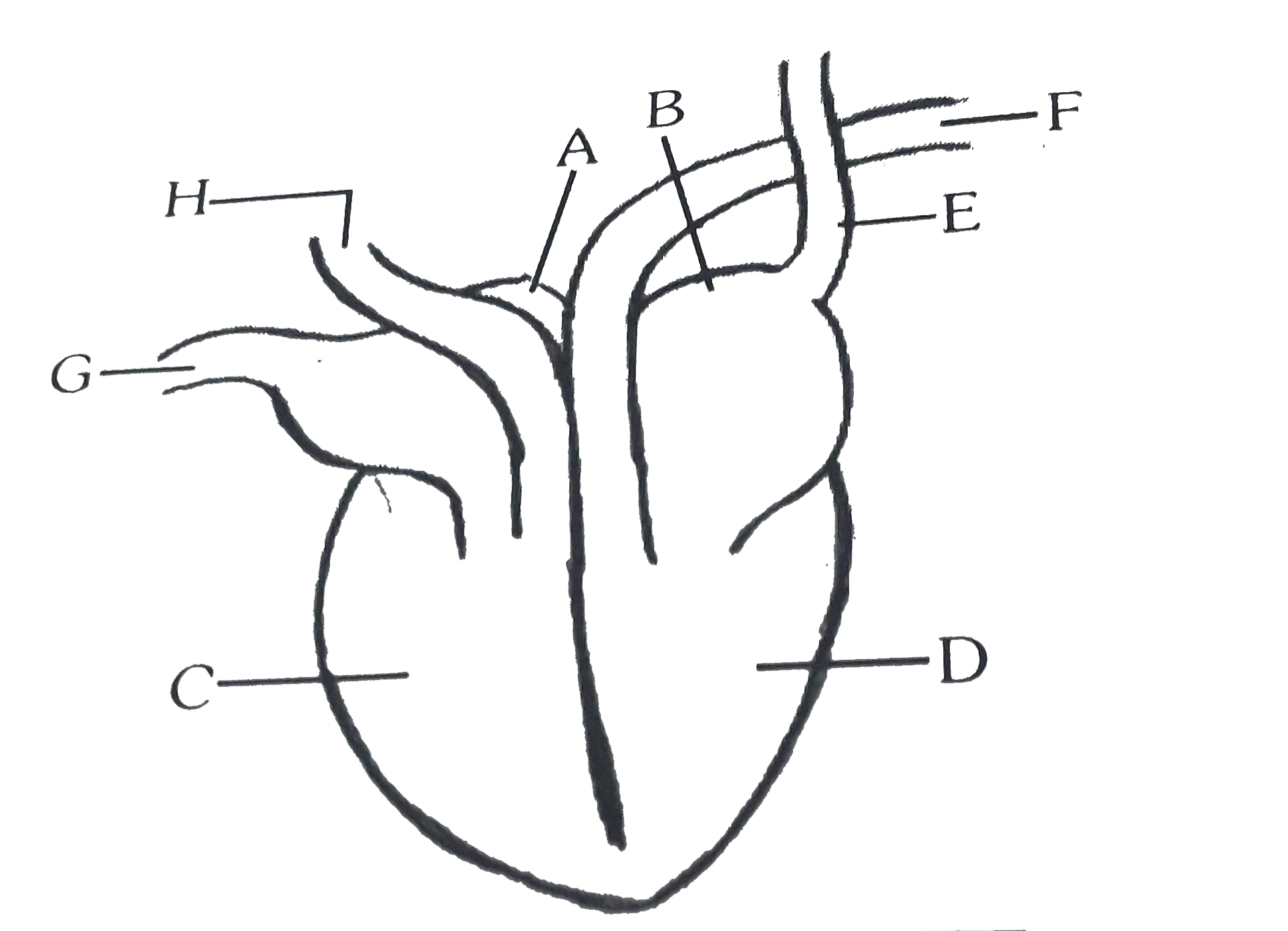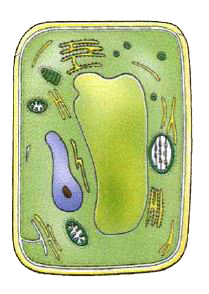Explain the process of budding in Hydra with the help of labelled diagram.
Step-by-Step Solution for the Process of Budding in Hydra
Step 1: Understanding Budding
- Budding is a form of asexual reproduction where a new organism develops from an outgrowth or bud on the parent organism. This process does not involve specialized sex organs.
Step 2: Structure of Hydra
- Hydra is a small, aquatic organism that typically has a tubular body with tentacles around its mouth. It is often found in freshwater environments.
Step 3: Formation of the Bud
- The process begins with the parent hydra. A small bulge, known as a bud, starts to form on the side of the parent hydra. This occurs due to cell division and growth.
Step 4: Growth of the Bud
- As time passes, the bud continues to grow. It develops more tentacles and becomes more similar in appearance to the parent hydra. This growth is facilitated by repeated cell division.
Step 5: Detachment of the Bud
- Eventually, the bud reaches a size where it can survive independently. At this stage, it detaches from the parent hydra and becomes a separate individual.
Step 6: New Individual
- The detached bud now functions as a new hydra. It can grow, feed, and eventually reproduce by the same budding process, thus continuing the cycle of asexual reproduction.
Labelled Diagram
1. Parent Hydra: The main organism from which the bud forms.
2. Bud: The small outgrowth on the parent hydra.
3. Tentacles: The structures around the mouth of the hydra.
4. Detached Bud: The new hydra that has separated from the parent.
- Budding is a form of asexual reproduction where a new organism develops from an outgrowth or bud on the parent organism. This process does not involve specialized sex organs.
- Hydra is a small, aquatic organism that typically has a tubular body with tentacles around its mouth. It is often found in freshwater environments.
- The process begins with the parent hydra. A small bulge, known as a bud, starts to form on the side of the parent hydra. This occurs due to cell division and growth.
- As time passes, the bud continues to grow. It develops more tentacles and becomes more similar in appearance to the parent hydra. This growth is facilitated by repeated cell division.
- Eventually, the bud reaches a size where it can survive independently. At this stage, it detaches from the parent hydra and becomes a separate individual.
- The detached bud now functions as a new hydra. It can grow, feed, and eventually reproduce by the same budding process, thus continuing the cycle of asexual reproduction.
1. Parent Hydra: The main organism from which the bud forms.
2. Bud: The small outgrowth on the parent hydra.
3. Tentacles: The structures around the mouth of the hydra.
4. Detached Bud: The new hydra that has separated from the parent.
Topper's Solved these Questions
- X BOARDSBOOK - X BOARD PREVIOUS YEAR PAPER ENGLISHCHAPTER - X BOARDSEXERCISE - SET I (SECTION-E)
1 Videos
- X BOARDSBOOK - X BOARD PREVIOUS YEAR PAPER ENGLISHCHAPTER - X BOARDSEXERCISE - SET II (SECTION -A
1 Videos
- X BOARDSBOOK - X BOARD PREVIOUS YEAR PAPER ENGLISHCHAPTER - X BOARDSEXERCISE - SET I (SECTION-C)
7 Videos
Similar Questions
label the diagram

View SolutionLabel the diagram.

View SolutionExplain meiosis with the help of labelled diagrams.
View SolutionDescribe the process of filtration with the help of a well-labelled diagram.
View SolutionExplain the structure of RNA with the help of a well labelled diagram. Describe its role in the process of translation.
View SolutionDescribe the structure of a human kidney with the help of a labelled diagram.
View SolutionExplain the process of blood circulation in the body with the help of a schematic diagram.
View SolutionName the scientists who gave double helix model of DNA. Explain the structure with the help of a well labelled diagram.
View SolutionDescribe the structure of the following with the help of labelled diagrams. (i) Nucleus (ii) Centrosome
View SolutionWhat is meant by pollination Explain the structure of a germinating pollen grain with the help of a labelled diagram.
View Solution
